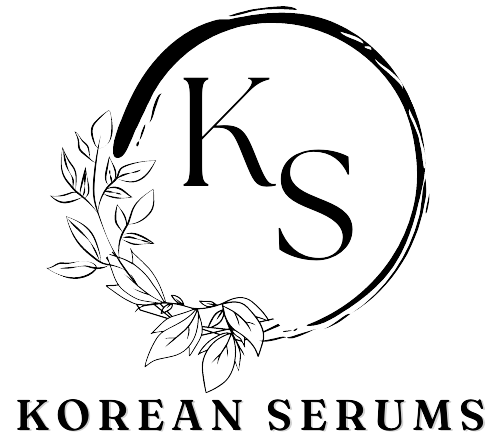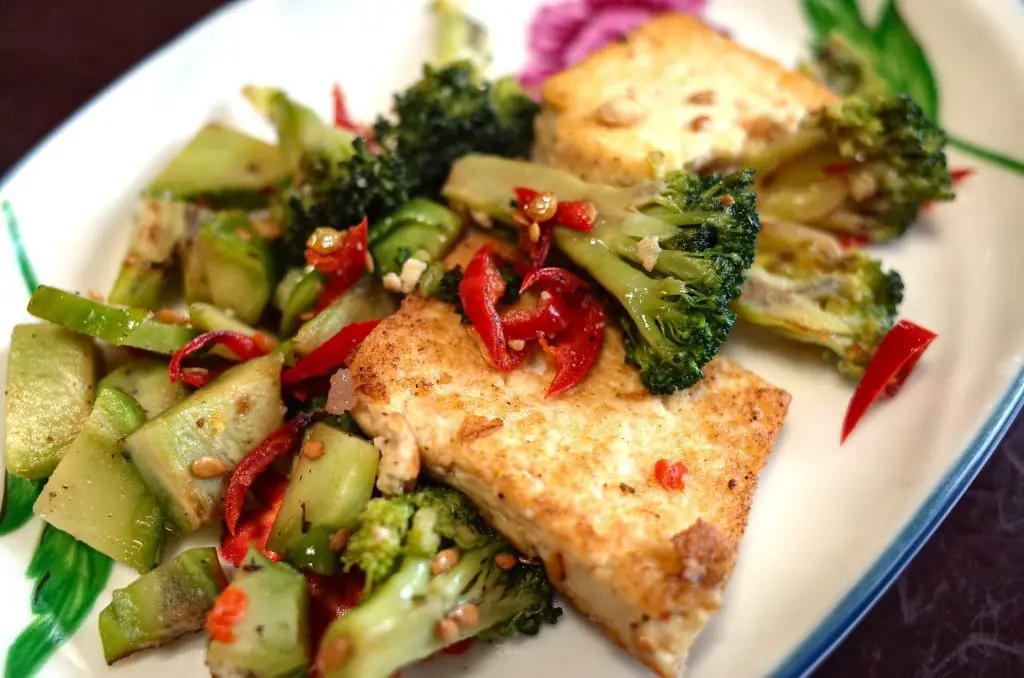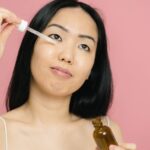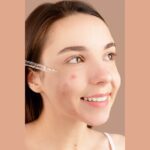In this article, We will be uncovering the Korean beauty secret diet to get healthy and glowing skin like Koreans.
When we hear about K-beauty, the first thing that our minds focus on is the multi-step routine for skincare. But can skincare alone be the reason behind the Korean skin that is so beautiful and young?
Well, it’s not! Koreans have a holistic approach to caring for their skin and that is why they have a very specific Korean Beauty Secrets Diet. The skin, access to dermatological treatment and plastic surgery.
As well as diet is an essential factor in Korea’s flawless skin. Today, we’ll learn about Korean Beauty Secret Diet that will aid you in reaching your skincare goals and you will never be able to get back from it.
Introduction to Korean Beauty Diet Secrets

Koreans give a lot of importance to the right diet to stay healthy. This plays a big role in Korea’s glass like skin that is wrinkle-free and poreless.
They believe in the notion that you’re what you consume. It isn’t difficult to see that the correct nutrition from diet plays a significant role.
Just to be more precise it is also mentioned in many mythological books too, that whatever you eat and drink throughout your day is directly proportional to your thoughts, the way you behave and the way your brain functions.
It’s impossible to achieve smooth, poreless skin using expensive beauty products while eating oily chips and mince pie and drinking that evening soda everyday.
It’s a basic principle that Koreans follow; products work only when you try to reap the most of it.
Although a lot of money is made by trying to sell consumers the latest and most popular beauty products for Koreans, but Koreans believe and strictly tend to follow that your diet is most important of all.
The healthier you eat, the more beautiful your skin will look. Koreans typically consume a lot of healthy food with antioxidants, protein, minerals, vitamins, amino acids, and fiber.
These fundamental Korean food habits can give you that famous Korean complexion glow.
The typical Korean diet is rich in vegetables. But moderate fat consumption is restricted to red meat and is a rich source of herbal remedies in teas and beverages.
Today, We will share the top well-known Korean Beauty Secrets Diet that will aid in achieving glowing skin!
Recipe No 1: Kimchi
Kimchi is a well-known Korean Beauty Diet that is served with every meal. It is prepared using fermented cabbage, which is then seasoned with chili paste.
The most valuable part is the process of fermentation. Probiotics are microorganisms that include lactobacillus, and probiotics generated by the process of fermentation aid in maintaining gut health and fighting harmful bacteria.
Gut health is essential in the prevention of skin problems like acne. Kimchi is also rich in other healthy nutrients like antioxidants, vitamins, and minerals.
Kimchi is believed to have anti-aging properties, which can help promote youthful skin appearance.
Recipe No 2: Ginseng
Ginseng is usually consumed in tea form, but it can also be found in side dishes in Korea. It is a highly well-known Korean herbal tonic with antioxidants, minerals, and vitamins that can help regenerate new skin and improve its healthy appearance.
The antioxidant and anti-inflammatory properties of Ginseng assist in protecting the skin from damage caused by free radicals.
This is beneficial for those who have aging issues. It’s common for people to start taking supplements with Ginseng after they are in middle age.
Additionally, the many benefits of Ginseng are the main reason behind its inclusion in a variety of Korean skincare products.
Recipe No 3: Seaweed Soup (MIYEOK GUK)
Koreans take seaweed soup regularly as a breakfast food item. Since it is believed to be a symbol of health and wellness, it’s typically served at birthdays and to mothers expecting to help compensate for the nutritional deficit caused by childbirth.
Seaweed is a plant that comes from the ocean and is abundant in minerals.
The food also contains omega-3s and antioxidants that protect the skin from free radicals and sun damage. Additionally, it contains enough Sulfates, which give your skin an emollient effect.
Apart from soup, seaweed can often be eaten as a pickled salad, a side dish, a dried snack, or an ingredient in various other food items. The majority of Koreans consume seaweed in a variety of varieties at least once a week.
Recipe No 4 : Makgeolli
Makgeolli is a Korean alcohol drink produced by the fermentation process of rice. It has about 6-8 percent alcohol in volume. It’s slightly sweet. How is an alcohol-based drink beneficial for your skin?
Makgeolli is created through an alcohol fermentation process, so it has probiotics that boost gut health and can do to treat acne in a nutshell.
In reality, all naturally fermented spirits can be beneficial to your skin. Red wine is known to have anti-aging properties due to the same reason.
Furthermore, it is also a source of vitamin B. Korean beverage is also high in vitamin B and amino acids. Which improves skin texture by firming and brightening the skin?
But, because it’s an alcohol-based beverage, that can cause harm to different parts of the body, including the liver. This is why it’s one of the many Korean diet tips you’ll need to keep in mind in moderate amounts.
Recipe No 5: Barley Tea (BORI CHA)
Barley tea is most likely the second most popular drink in Korea, following water. Indeed, many establishments serve it instead of water. It is prepared by boiling barley seeds that have been roasted.
It is among the most sought-after Korean Beauty Secrets Diet secrets, with many people completely replacing water by drinking barley tea.
It is non-caffeinated and has a bitter and nutty taste. It also has antioxidants and antimicrobial properties that benefit your skin and improve digestion.
Particularly, old Korean women are fond of barley tea since it can help shield the skin from sunburn and free radicals.
Recipe No 6: Soybean Soup (DUEN JANG JJIGAE)
Korean food is all about eating nutritious soups and teas. Soybean soup is one of the dishes eaten daily in South Korea.
It’s cheap and nutritious while being healthy. It is also the most frequently featured product in Korean school lunches.
It’s made from fermented soybeans, which are high in antioxidants and vitamin E, which protect the skin from damaging UV damage.
Additionally, fermentation brings in all the good bacteria that help maintain the health of your gut.
Soybean is very cheap in Korea and women who splurge on expensive coffees and meals while eating cheap soybean are referred to as soybean women.
Recipe No 7: Fermented Rice Wine (MAKKEOLI)
Rice wine is a fermented and distilled alcoholic beverage that has traditionally been consumed in East Asia, Southeast Asia, and South Asia.
Rice wine is produced through the fermentation of sugar-converted rice starch. The enzymes that convert starches to sugar are produced by microbes.
Although it is an alcoholic beverage, it is high in Vitamin B and amino acids, which help to brighten the skin tone and improve any unevenness.
You’ll be surprised to learn that it also works wonders for acne.
Last Thoughts
A healthy and balanced diet is a part of the Korean lifestyle. Korean eating habits and secrets to a healthy diet are the beginning of a comprehensive strategy to maintain a healthy appearance.
It’s not just the cause for Korean’s gorgeous and flawless skin but their gorgeous hair, healthy bodies and health.
It’s widely applied and tested diet. In many countries people have started drinking Barley tea and Fermented Rice wine learning from Koreans.
And you can give it a try too. These recipies are affective and tried and tested. We advice our audience to consult you doctor before changing your diet in any way. As these dishes and drinks are foreign to you, you can be allergic to certain ingredients.
Hope you liked our article.
Read More: 6 Best Korean Beauty Secrets for Whiter Skin (2023)







